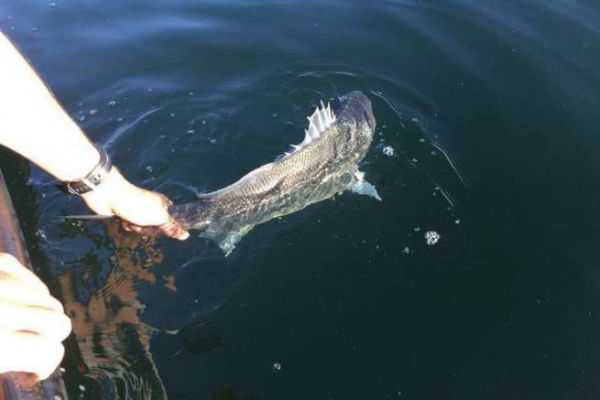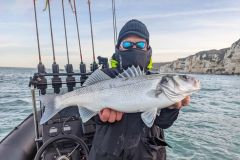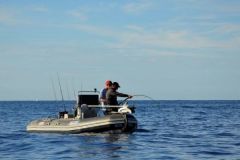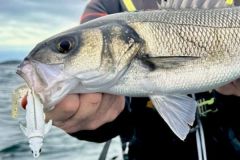No kill bar
The sea bass, a pelagic fish, has a swim bladder that fills with gas when needed. Normally, the fish makes stops to limit the expansion of this organ according to the depth at which it is located.
During a rapid ascent due to a deep capture (beyond 20 m), these stops are not always respected and the fish arrives at the surface, inflated or floating on its side. Its release in such conditions is difficult, if not impossible, without the intervention of the fisherman to make it decompress.
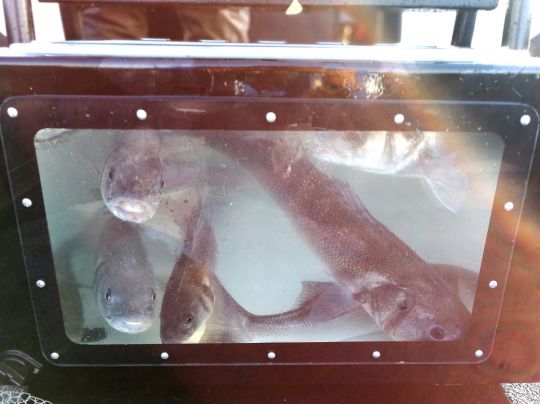
The fizzing
This technique consists of piercing the fish's swim bladder in order to release the gas contained in it and thus allow it to equilibrate to the surface pressure. This action should only be done if the fish cannot leave by its own means, as it is not without risk. Drilled in the wrong place, the fish will be condemned, but if it is well done, it can be released or placed in a tank for later release.
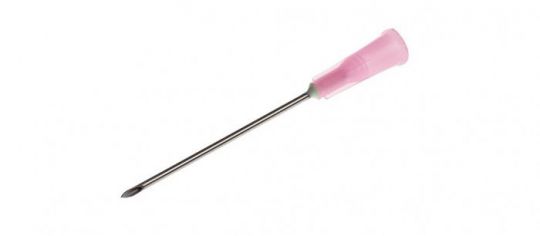
To do this, use a pin needle that is long enough and of sufficient diameter to allow air to escape easily. I use the 40 x 1.2 mm - pink model, but other models are available.
How to break through?
If possible, avoid drilling and try to release the fish immediately. Some anglers release the fish head first to force it past the first few feet. As the fish reaches the bottom, it will balance itself.
If this is not possible, place the fish on its side (be careful not to remove the mucus which is its natural protective layer against parasites and other possible injuries). Keep in mind that handling the fish out of the water must be done with care. Avoid compressing the fish or placing it on the deck. Use a damp cloth as a landing mat.
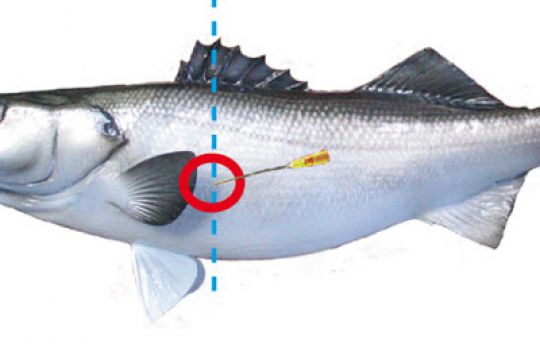
To prick it, proceed as follows:
- On the backbone, locate the 4th spine.
- From there, join the side line vertically.
- Go down 4 rows of scales.
- Use the needle to lift the scale at that point to slide the needle through.
- Finally, drill vertically.
- Place the fish in the water and hold it, without compressing it, you will see air bubbles coming out. When you see no more bubbles, you can remove the needle and let the fish return to the depths.
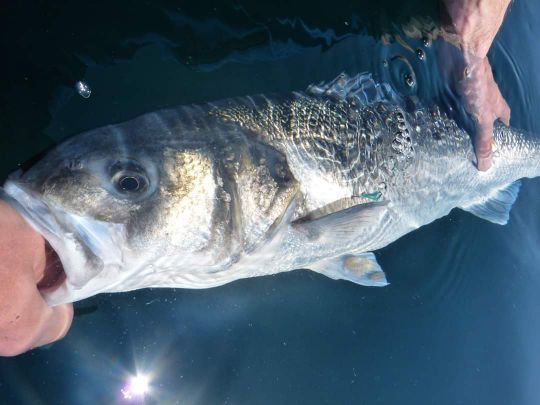
This action is not without risk for the fish and is not applicable to all species. For example, the place is very often condemned as soon as it comes up from a too important depth.
